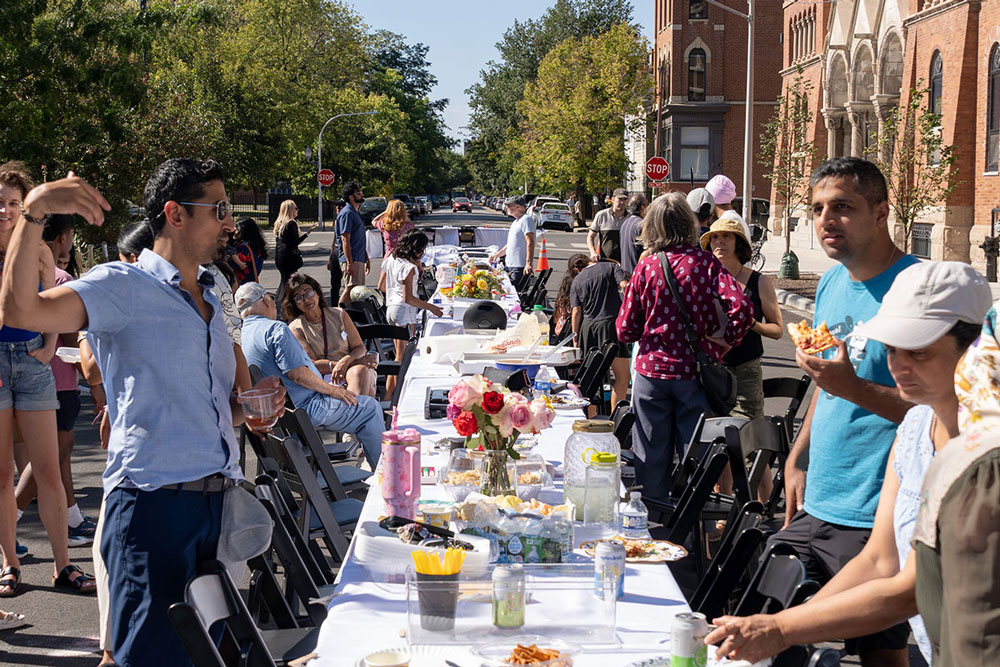
H.Damke / Shutterstock.com
I’ll begin at the beginning: loyalty is the holy grail of fundraising, just like loyalty is the holy grail of any business. To learn more about loyalty, read Adrian Sargeant, Ken Burnett, Tom Ahern, Lisa Sargent, Kay Sprinkel Grace, Jeff Brooks and The Agitator (Roger Craver and Tom Belford). How do we produce loyalty? Through a comprehensive relationship-building program. Relationship building is as important – perhaps more important – than soliciting gifts. What are the core elements of a relationship-building program? Donor-centered communications and extraordinary experiences.
Sign up for our free newsletters
Subscribe to NPQ's newsletters to have our top stories delivered directly to your inbox.
By signing up, you agree to our privacy policy and terms of use, and to receive messages from NPQ and our partners.
At the 2012 Emerging Philanthropy Conference in Western Pennsylvania, I presented a workshop about creating extraordinary experiences for donors. The audience and I brainstormed ideas for delivering those extraordinary donor experiences. Here’s what we came up with:
- The first extraordinary experience must be your donor-centered newsletter. For some donors, the only connection they want is the newsletter. So you better make it pretty darn good! And, for all donors, the newsletter should be a welcome and welcoming donor-centered experience.
- Donor thank-you calls made by board members. Yes, made by board members!
- Handwritten donor thank-you notes from board members. Yes, handwritten by board members. (Of course the office already sent out the formal gift acknowledgement letter – hopefully within 48 hours of gift receipt.)
- Give donors access. For example:
- Take them on tours of your program.
- Invite donors to spend time with your most interesting people, including clients, other donors, program staff, and so forth.
- Invite donors to attend a program staff meeting to observe the conversation and planning.
- Invite donors to put something in a time capsule. That’s what a history museum did.
- Invite donors to go to the airport with you to pick up a new immigrant family. And maybe give a teddy bear to the child in the family. That’s what the International Institute of Rhode Island did.
- If you’re a zoo, invite donors to help feed the animals.
- If you’re a youth development organization, invite donors to mentor kids or read stories or…
- Invite donors to serve on committees or task forces.
- Ask donors for advice and opinions. People like that. For example:
- Host focus groups multiple times every single year on different topics.
- Take a donor to lunch to pick their brains about something.
- Send out a donor satisfaction survey.
- Engage donors in activist work such as signing a petition, writing letters to elected officials, or attending a rally.
- Collect and use donors’ stories. For example:
- Invite donors to tell their stories in the newsletter, on the website, and/or in your annual report.
- Invite a donor(s) to tell his/her story at an event or program.
- Interview donors just to get to know them better. Type up the story and give it to the donor to share with her/his family. I had a donor start to cry when I suggested we would do that.
- Recognize donors. For example:
- At events and gatherings, make sure that donor nametags say “Donor” on them.
- Ask donors to stand and be acknowledged (applauded) at events and gatherings.
- List donors on the website, in the annual report, in the newsletter, and in program books for an event.
- Host insider updates. Invite donors over for an informal conversation. It’s fine if only five or 10 attend. Tell the donors how you’ve been spending their money, why their gift (and hence they, the donors) matter so much. You might tell them about a new initiative or pick their brains about something. And, for sure, they can ask any questions that the might have.
- Recognize your donors at your area’s National Philanthropy Day events.
Well, if you add it all up, there are more than 20 ideas above. What extraordinary experiences do you offer your donors?











